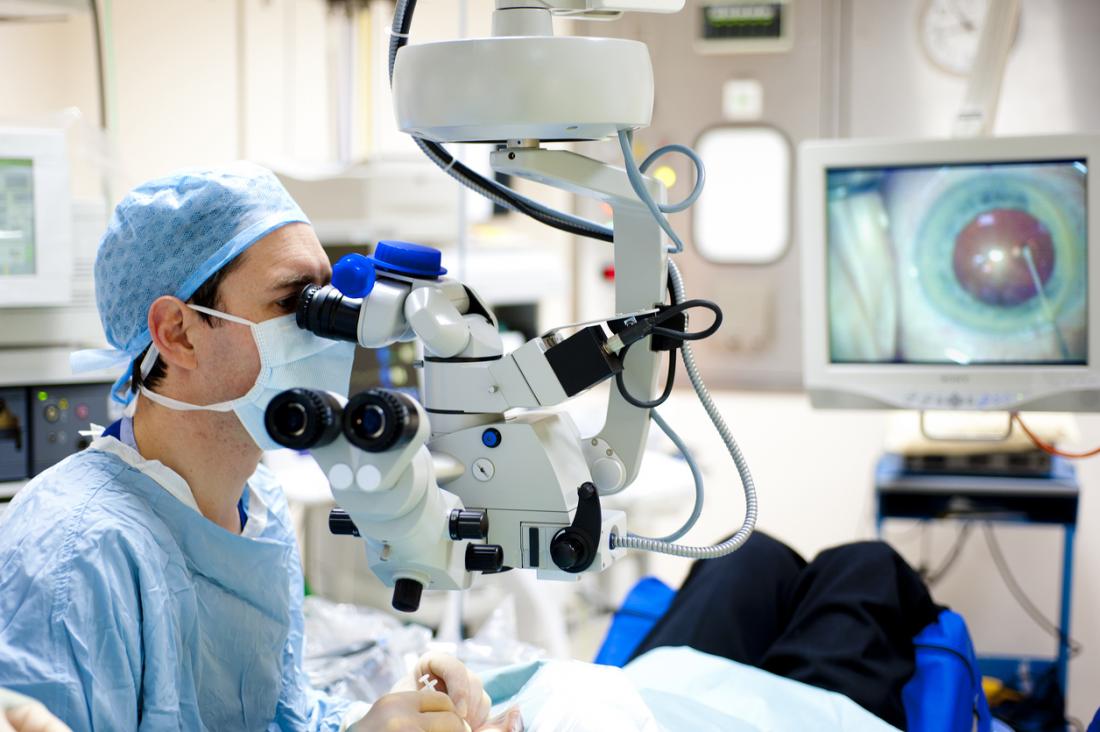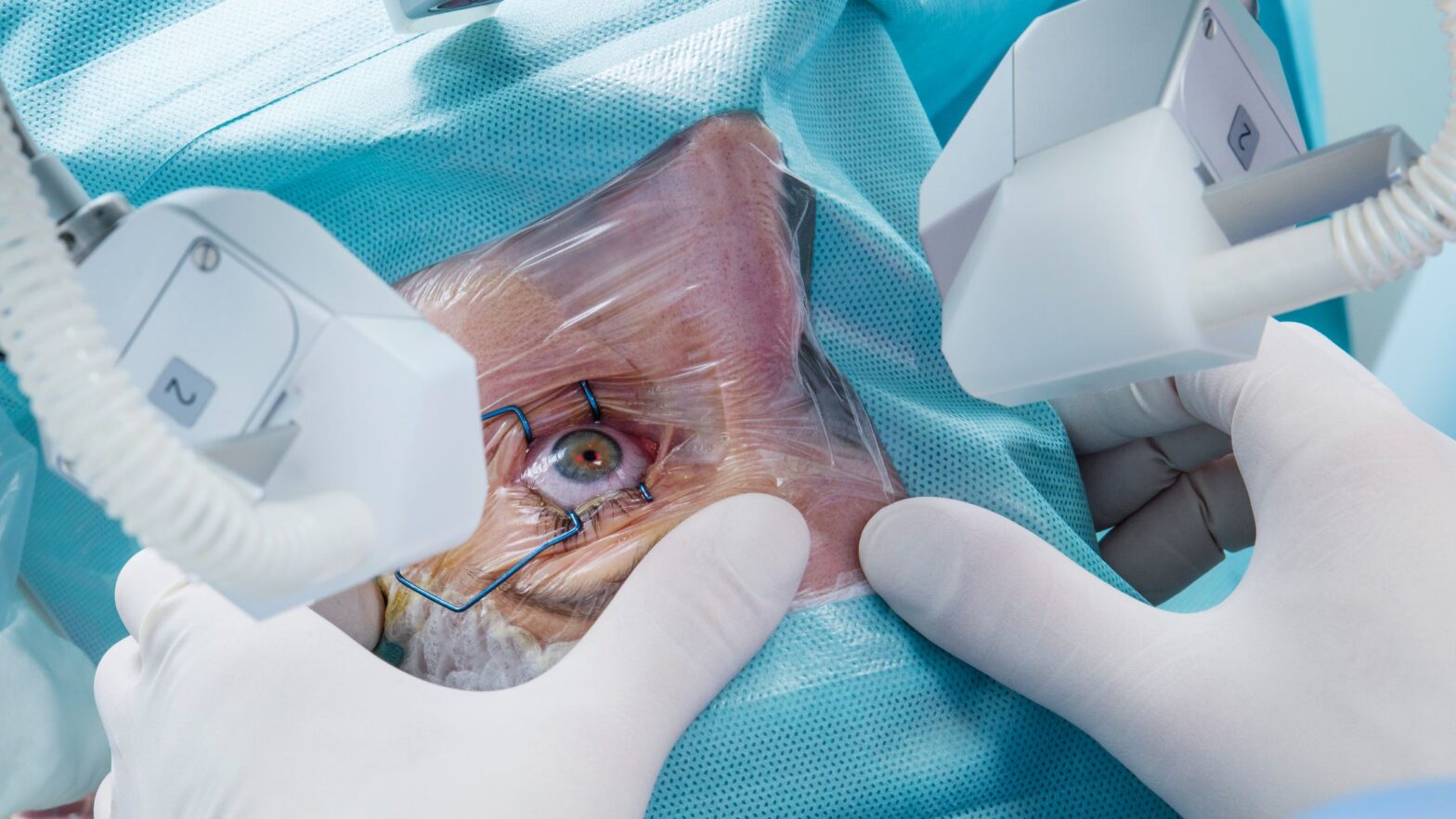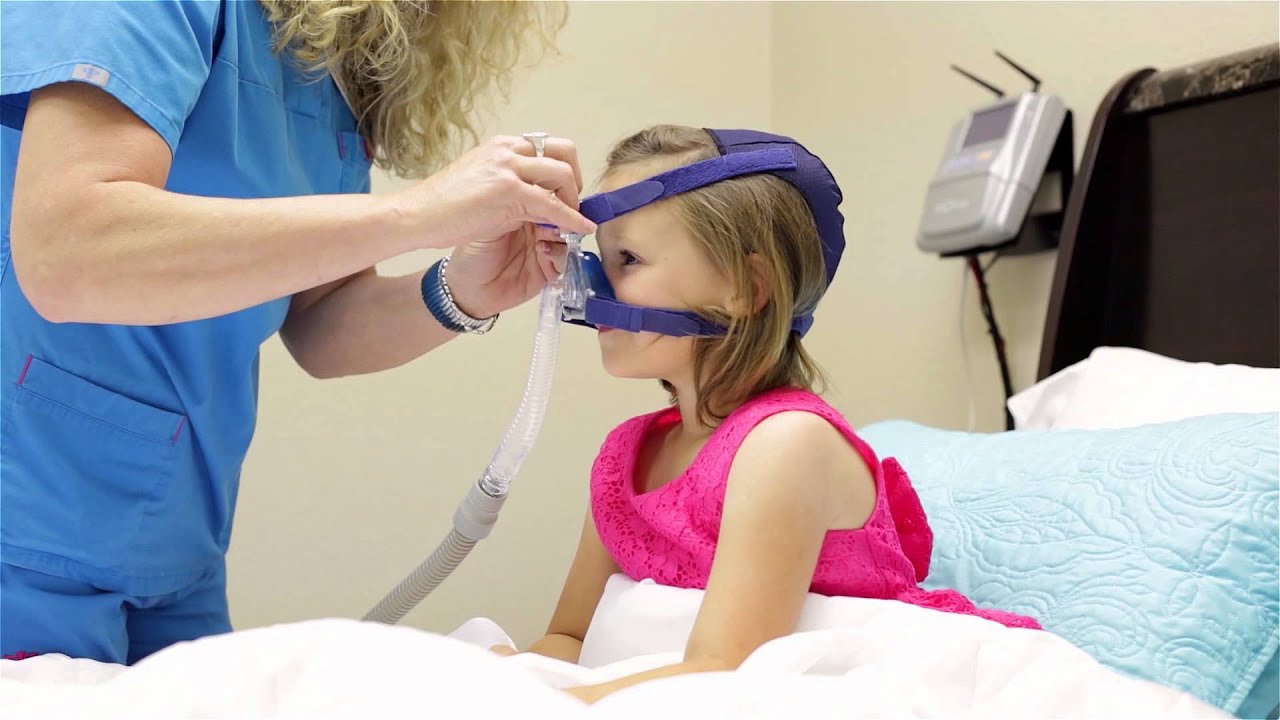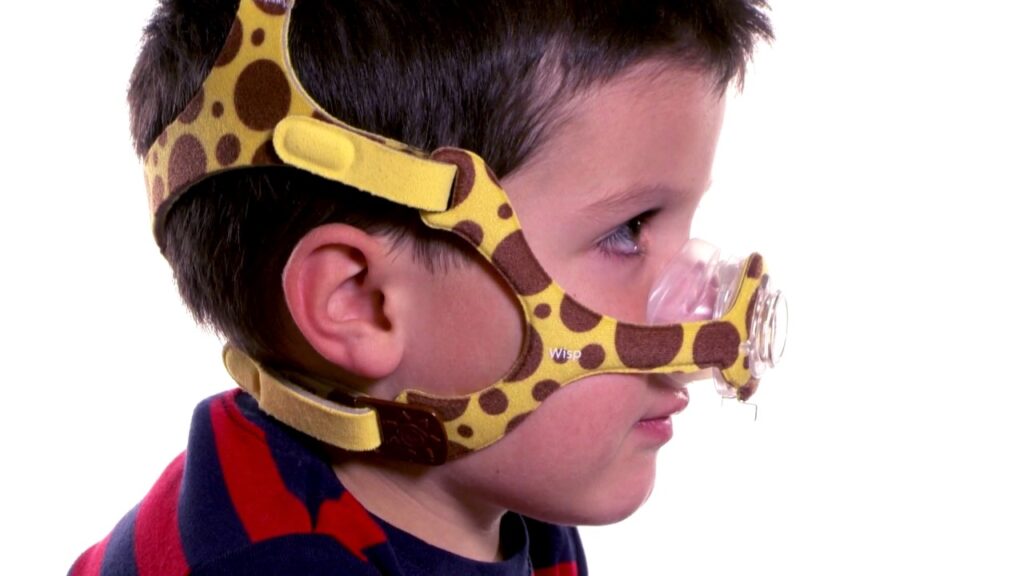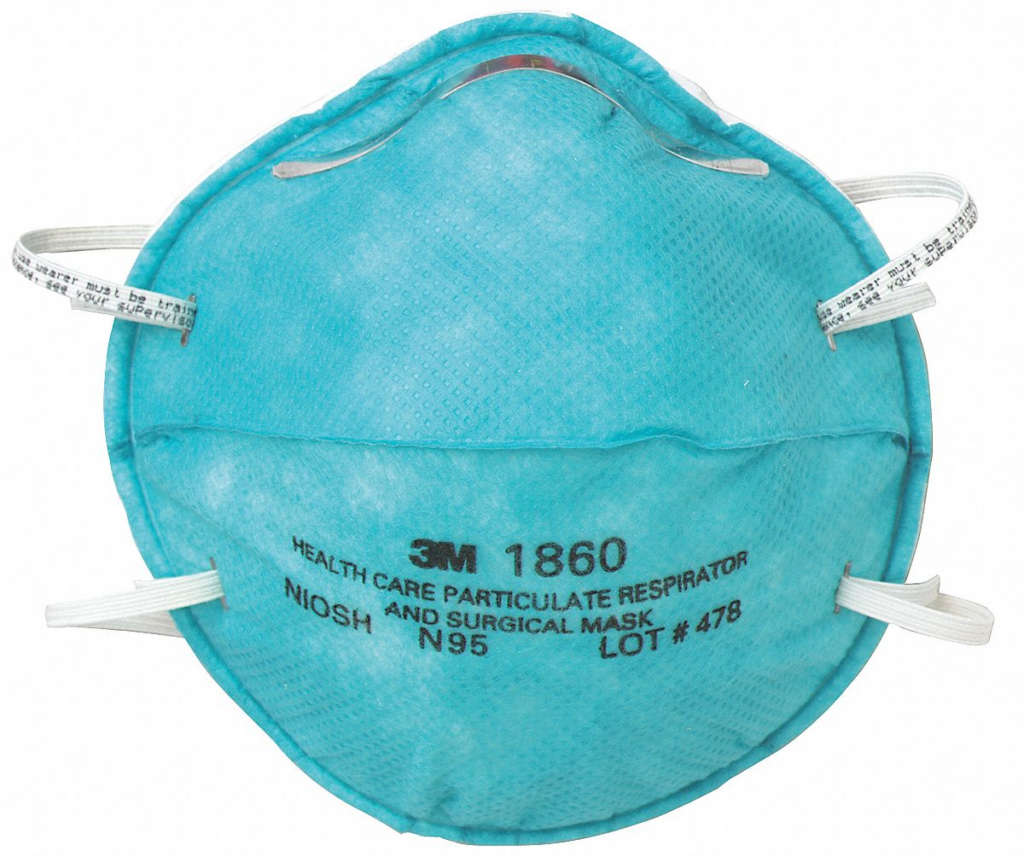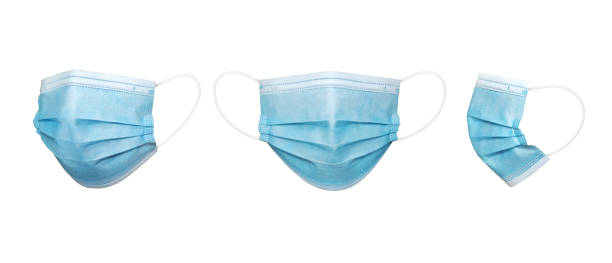The risks associated with each surgical procedure are outlined below. As a consequence, lasik eye surgery has become safer and more effective over time, and the technology that supports it is constantly developing.
The most common and safest elective surgery accessible in Australia today is lasik eye surgery, which was first carried out there in 1990. More than 30 million procedures have already been carried out worldwide, and more than 120,000 patients choose for lasik eye surgery each year in Australia.
With the use of lasik eye surgery, the cornea may be reshaped, and vision defects can be fixed by vaporizing sections of it. Among the refractive disorders for which LASIK is an effective long-term cure are myopia (shortsightedness), hyperopia (longsightedness), and astigmatism.
What are the possible side effects of various lasik eye surgery techniques?
Every medical procedure, including lasik eye surgery, has certain risks. This is not unique to lasik eye surgery. Even though the likelihood of the majority of the issues on the following list occurring is extremely low (less than 0.5 percent for the majority of them), it is still crucial to be aware of them so that you can be ready and can talk to your surgeon about any worries you may have before your surgery.
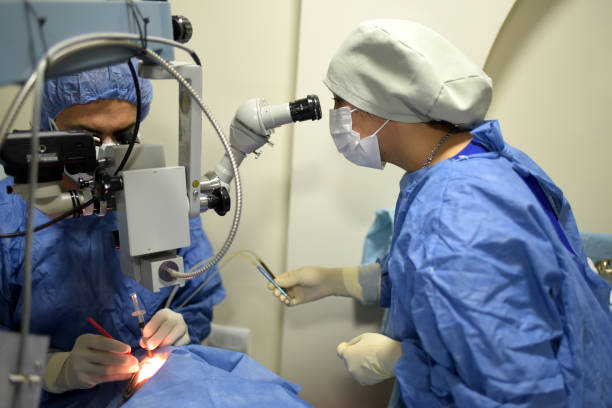
The risks connected with lasik eye surgery are listed below, along with the kinds of treatments where they are most often experienced:
Your eyesight may have been overcorrected or under corrected. The most probable individuals to have this are those undergoing LASEK or PRK. This happens when the patient’s condition is actually reversed, for as when a longsighted patient becomes a nearsighted patient following surgery, or when the treatment does not provide 20/20 vision. If the patient’s cornea is thick enough to withstand the treatment, it may be feasible to fix this with another round of surgery.
You can start to experience visual distortions.
Despite having a less than 1% chance of occurring, this is the most frequent complication among LASIK patients. These abnormalities include double vision, halos (in which the patient sees a glowing ring around light sources), and starbursts (in which the patient sees light emanating from light sources). These impairments are more obvious at night or in low light, and those who have larger-than-normal pupils are more likely to experience them.
You might have persistent eye redness and dryness.
People who have had any kind of lasik eye surgery experience this. A small percentage of patients have persistent dryness and redness of the eyes, necessitating the use of artificial tears for the rest of their lives. The majority of patients only have transient dryness and redness of the eyes.
It’s possible that an infection will develop in your eye.
The patient can be successfully treated with steroid eye drops or antibiotics thanks to the fact that this unfortunate outcome is relatively uncommon.
Your corneal estasia might be a contributing factor. Less than 0.2 percent of people who undergo lasik eye surgery experience this. The bulging and thinning of the cornea are characteristics of corneal estasia, which most frequently happens as a result of excessive tissue removal. Blindness may result from this condition. As a result, the patient will be fitted with hard contact lenses as a remedy. Those suffering with severe estasia may need to have their corneas transplanted.

The success rate of lasik eye surgery
In general, LASIK and LASEK have extremely high success rates in patients with light to moderate prescriptions, with around 80 percent of patients achieving perfect vision after the procedure.
Those with more severe visual impairments may experience varying degrees of success, while at least 40% of those who have tried it have reported achieving 20/20 vision.
Your prescription and the recommendations of the surgeon performing the procedure will determine whether your operation is successful. You should study each clinic’s success statistics before choosing which one to choose for your lasik eye surgery before making a final selection. Remember that experienced surgeons will have higher success rates. When making your comparison, make sure that the statistics you are comparing pertain to patients who have had the procedure you are about to perform.
Depending on the technique used for lasik eye surgery, a flap may need to be cut and folded back in order to finish the procedure. In a few of seconds, the underlying cornea is reshaped using a computer-controlled laser beam, also removing a comparable amount of tissue from the surrounding region. The elevated flap of corneal tissue is then placed back where it came from. It is feasible to fit the flap without using patches or stitches due to the cornea’s extraordinary bonding mechanism. Even though it is a very delicate procedure, it is still referred to as surgery.
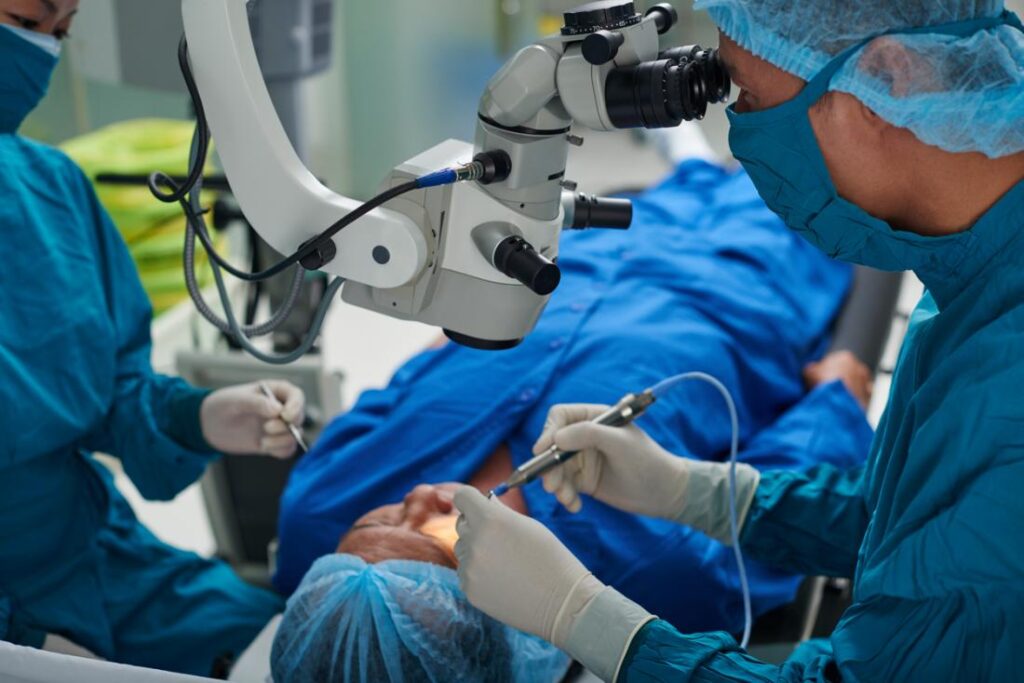
Depending on the technique used for lasik eye surgery, a flap may need to be cut and folded back in order to finish the procedure. In a few of seconds, the underlying cornea is reshaped using a computer-controlled laser beam, also removing a comparable amount of tissue from the surrounding region. The elevated flap of corneal tissue is then placed back where it came from. It is feasible to fit the flap without using patches or stitches due to the cornea’s extraordinary bonding mechanism. Even though it is a very delicate procedure, it is still referred to as surgery.
Since they don’t emit any heat that could burn any part of the eye, “cold” lasers are frequently used in laser eye surgery procedures like LASIK.
For more than 25 years, lasik eye surgery has been utilized to treat a variety of visual issues. The United States executed its first lasik eye surgery procedure in 1987, and since then, the procedure has undergone several modifications. Only a few complications have been reported as a result of lasik eye surgery, which has been demonstrated to have minimal adverse effects.
Millions of people have had lasik eye surgery, and the majority of them have reported positive outcomes. It gains importance and popularity when you realize that it can be used to treat a number of eye conditions, from shortsightedness to longsightedness. This makes it more relevant and well-liked since it does away with the necessity for glasses or contact lenses.
